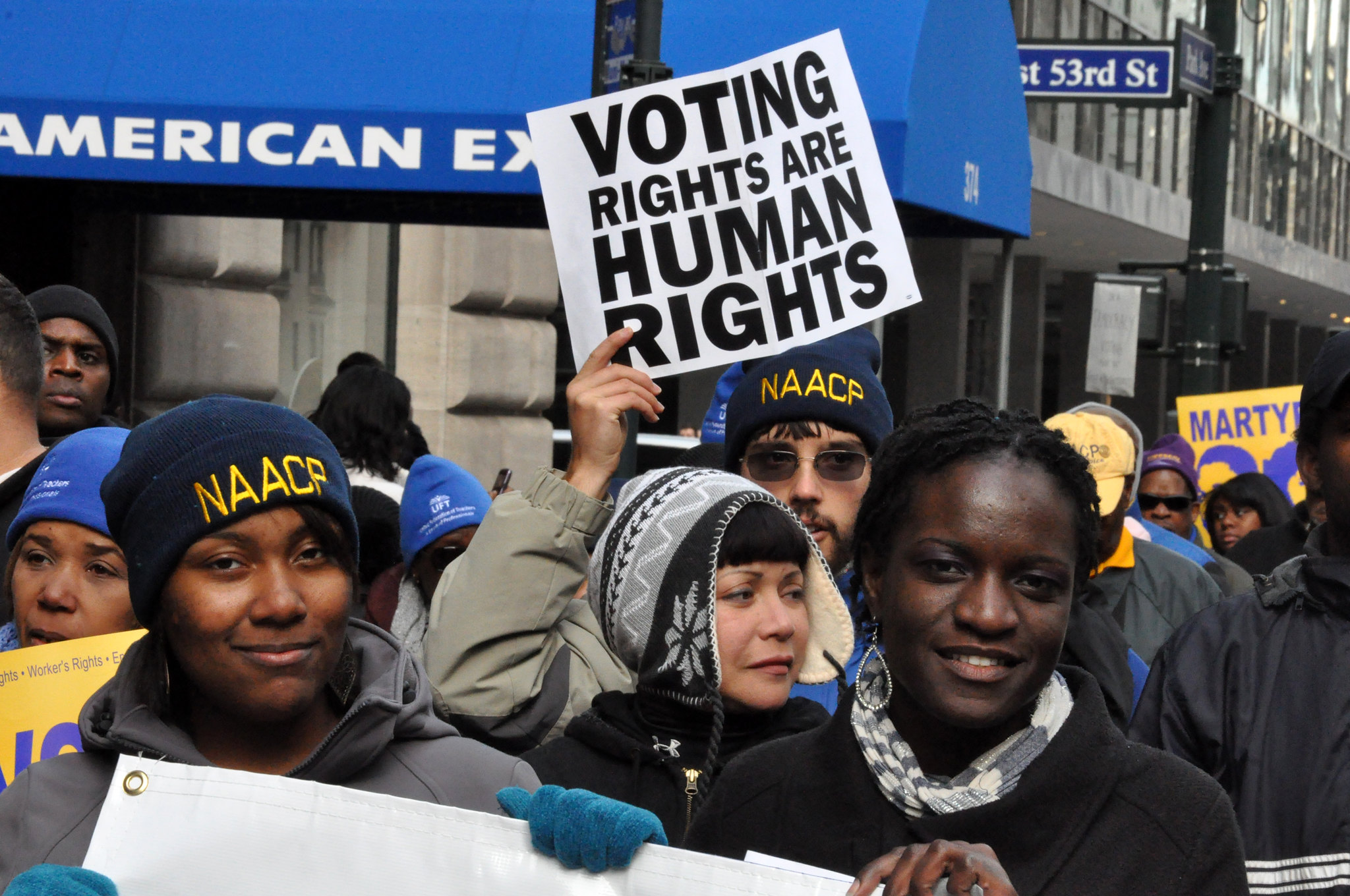As an AP Government teacher, teaching about voting rights is a crucial part of the curriculum, and perhaps one of the more engaging elements of the curriculum as well. During my Political Participation unit, I focus heavily on voting rights and voter participation, particularly because as a Government teacher, registering students to vote and making them understand the role they play in our system is crucial. Having taught in schools with predominately minority student populations, it has been even more crucial for students to understand the ways – historical and today – that voters have been both enfranchised and disenfranchised.
The second lesson in the “Who Gets to Vote?” unit is particularly effective with my students, who draw on their knowledge of US History when they recall ways that Black voters were disenfranchised during Reconstruction and Jim Crow. Expanding on this knowledge to address other groups – low-income individuals, people with disabilities, and college-age students – helps students deepen their thinking of the ways that voting rights have been expanded and restricted.
Our exploration of voting rights ends with a Socratic Seminar on the ways in which voting rights are being expanded and restricted in the current political system, with students focusing on efforts like early voting, voting by mail, voter identification laws, and making Election Day a federal holiday, among other efforts. Students spend a full period discussing the intended and unintended consequences of each of these efforts, and thinking about whether they should be expanded or limited further for the best interests of American voters.







Twitter
Google plus
LinkedIn